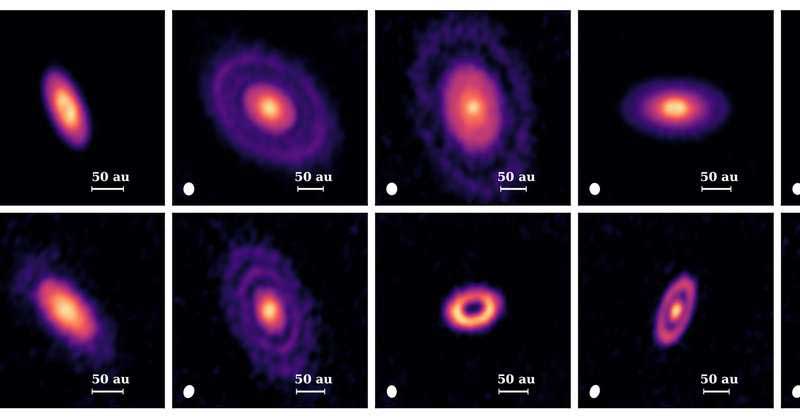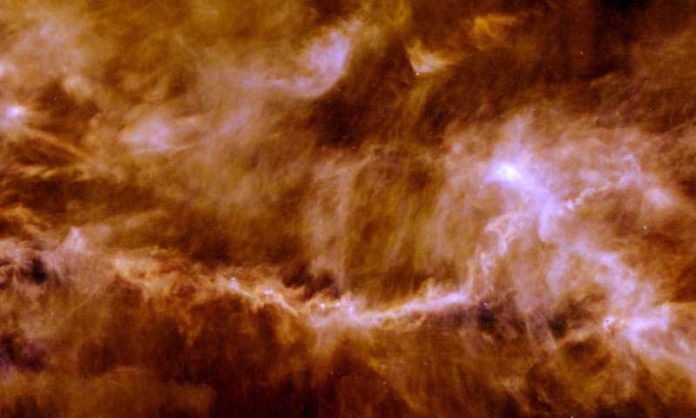A new study has found that Super-Earths and Neptune-sized planets could be forming around young stars. Observing a sampling of youthful planets in a star-forming area in the constellation Taurus, specialists observed a significant number of them to be encompassed by structures that can best be clarified as follows made by imperceptible, youthful planets really taking shape.
Using the Atacama Large Millimeter Array, or ALMA, comprising 45 radio antennas in Chile’s Atacama Desert, the team performed a survey of young stars in the Taurus star-forming region, a vast cloud of gas and dust located a modest 450 light-years from Earth.
When the researchers imaged 32 stars surrounded by protoplanetary disks, they found that 12 of them—40 percent—have rings and gaps, structures that according to the team’s measurements and calculations can be best explained by the presence of nascent planets.
Paper’s lead author, Feng Long said, “This is fascinating because it is the first time that exoplanet statistics, which suggest that super-Earths and Neptunes are the most common type of planets, coincide with observations of protoplanetary disks.”

While some protoplanetary disks show up as uniform, pancake-like objects without any features or patterns, concentric bright rings isolated by gaps have been observed. Yet since past studies have concentrated on the most bright objects since they are simpler to discover, it was misty how common disks with ring and gap structures really are in the universe.
This study presents the results of the first unbiased survey in that the target disks were selected independently of their brightness—in other words, the researchers did not know whether any of their targets had ring structures when they selected them for the survey.
The paper’s second author Paola Pinilla said, “Most previous observations had been targeted to detect the presence of very massive planets, which we know are rare, that had carved out large inner holes or gaps in bright disks. While massive planets had been inferred in some of these bright disks, little had been known about the fainter disks.”
Scientists then measured the properties of rings and gaps observed with ALMA and analyzed the data to evaluate possible mechanisms that could cause the observed rings and gaps.
Pinilla said, “We can, therefore, rule out the commonly proposed idea of ice lines causing the rings and gaps. Our findings leave nascent planets as the most likely cause of the patterns we observed, although some other processes may also be at work.”
Though, detecting the individual planets directly is impossible because of the overwhelming brightness of the host star. Still, scientists performed calculations to get an idea of the kinds of planets that might be forming in the Taurus star-forming region.
The study suggests that Neptune-sized gas planets or so-called super-Earths—terrestrial planets of up to 20 Earth masses—should be the most common.
Pinilla said, “Since most of the current exoplanet surveys can’t penetrate the thick dust of protoplanetary disks, all exoplanets, with one exception, have been detected in more evolved systems where a disk is no longer present.”
Long said, “Our results are an exciting step in understanding this key phase of planet formation and by making these adjustments, we are hoping to better understand the origins of the rings and gaps.”
The study is published in Astrophysical Journal.
